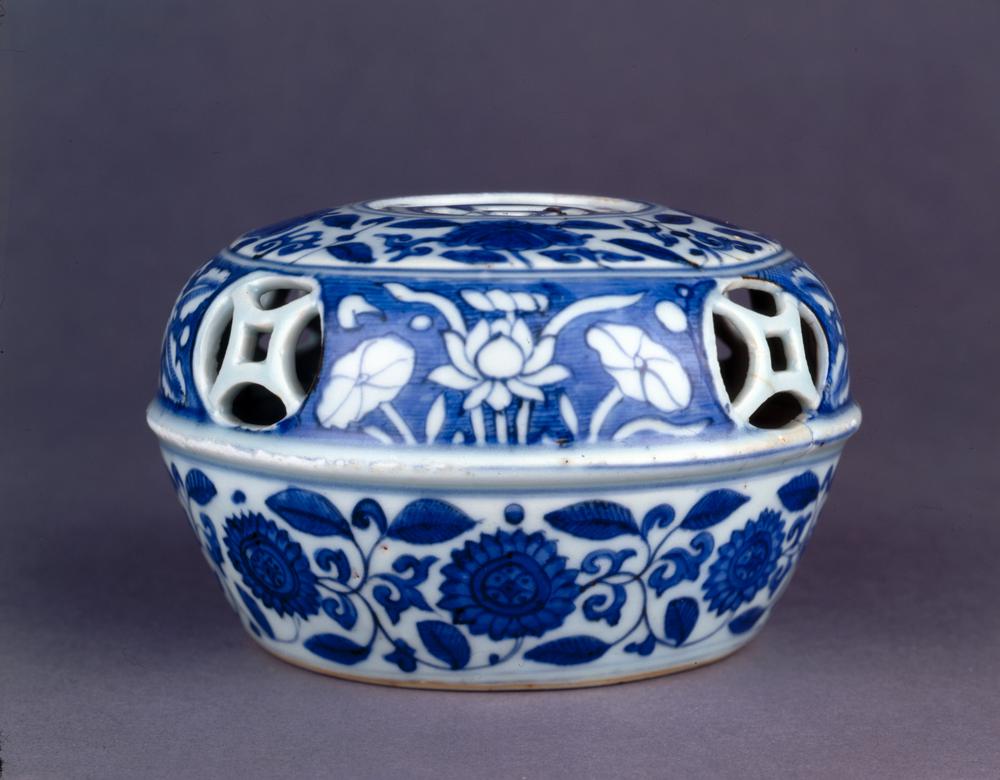Period:Unknown Production date:16thC
Materials:paper, ivory (R jikusaki),
Technique:painted
Subjects:landscape
Dimensions:Height: 189 centimetres (mount) Height: 103.80 centimetres Width: 61 centimetres (mount) Width: 41.40 centimetres
Description:
Painting, hanging scroll. Chinese-style landscape; two figures walking path in lower foreground centre; another two figures approaching pavilion high in mountains upper left. Ink and slight colour on paper; with ivory jikusaki (right). Sealed.
IMG
![图片[1]-painting; hanging scroll BM-1913-0501-0.157-China Archive](https://chinaarchive.net/Unknown/Paintings/mid_00235858_001.jpg)
![图片[2]-painting; hanging scroll BM-1913-0501-0.157-China Archive](https://chinaarchive.net/Unknown/Paintings/mid_BM_JP0440_001.jpg)
![图片[3]-painting; hanging scroll BM-1913-0501-0.157-China Archive](https://chinaarchive.net/Unknown/Paintings/mid_BM_JP0440_002.jpg)
![图片[4]-painting; hanging scroll BM-1913-0501-0.157-China Archive](https://chinaarchive.net/Unknown/Paintings/mid_BM_JP0440_003.jpg)
![图片[5]-painting; hanging scroll BM-1913-0501-0.157-China Archive](https://chinaarchive.net/Unknown/Paintings/mid_BM_JP0440_004.jpg)
![图片[6]-painting; hanging scroll BM-1913-0501-0.157-China Archive](https://chinaarchive.net/Unknown/Paintings/mid_BM_JP0440_005.jpg)
![图片[7]-painting; hanging scroll BM-1913-0501-0.157-China Archive](https://chinaarchive.net/Unknown/Paintings/mid_BM_JP0440_007.jpg)
![图片[8]-painting; hanging scroll BM-1913-0501-0.157-China Archive](https://chinaarchive.net/Unknown/Paintings/mid_BM_JP0440_006.jpg)
Comments:Smith et al 1990The ink-painting of the Kano school in the late fifteenth and early sixteenth centuries produced a version of Chinese-inspired ink landscape which found favour with Japanese connoisseurs, especially those from the ruling military class, and was to remain very dominant in Japan until the emergence of the Nanga painters in the mid-eighteenth century. One of its strengths lay in its very native contrasts of precision and vagueness, expressed respectively in strong, rather hard brushwork and delicately suggestive ink washes. This landscape by a Kano painter of the mid-sixteenth century demonstrates both admirably, as well as the minimal and symbolic use of colour. The tight, narrow construction is also very suitable for hanging in the ‘tokonoma’ alcove for contemplation. As often in Chinese-style landscape, tiny human figures in the foreground emphasise the grandeur of nature. Careful scrutiny of the painting will show its suitability for expansion, by enlarging the sections of mist, into a large-format screen composition.FURTHER READING Yamaoka, Taizo (ed.), ‘Nihon bijutsu kaiga zenshu, vol. 7 Kano Masanobu/Motonobu’, Tokyo, 1978.17th-century interpretation of Muromachi landscape painting. The artist tried to put too many elements in one picture and failed to create depth in the picture. The seal is a bad fake. The character ‘Moto’ is disfigured compared with the genuine seal. (Kawai, 8/2008)
Materials:paper, ivory (R jikusaki),
Technique:painted
Subjects:landscape
Dimensions:Height: 189 centimetres (mount) Height: 103.80 centimetres Width: 61 centimetres (mount) Width: 41.40 centimetres
Description:
Painting, hanging scroll. Chinese-style landscape; two figures walking path in lower foreground centre; another two figures approaching pavilion high in mountains upper left. Ink and slight colour on paper; with ivory jikusaki (right). Sealed.
IMG
![图片[1]-painting; hanging scroll BM-1913-0501-0.157-China Archive](https://chinaarchive.net/Unknown/Paintings/mid_00235858_001.jpg)
![图片[2]-painting; hanging scroll BM-1913-0501-0.157-China Archive](https://chinaarchive.net/Unknown/Paintings/mid_BM_JP0440_001.jpg)
![图片[3]-painting; hanging scroll BM-1913-0501-0.157-China Archive](https://chinaarchive.net/Unknown/Paintings/mid_BM_JP0440_002.jpg)
![图片[4]-painting; hanging scroll BM-1913-0501-0.157-China Archive](https://chinaarchive.net/Unknown/Paintings/mid_BM_JP0440_003.jpg)
![图片[5]-painting; hanging scroll BM-1913-0501-0.157-China Archive](https://chinaarchive.net/Unknown/Paintings/mid_BM_JP0440_004.jpg)
![图片[6]-painting; hanging scroll BM-1913-0501-0.157-China Archive](https://chinaarchive.net/Unknown/Paintings/mid_BM_JP0440_005.jpg)
![图片[7]-painting; hanging scroll BM-1913-0501-0.157-China Archive](https://chinaarchive.net/Unknown/Paintings/mid_BM_JP0440_007.jpg)
![图片[8]-painting; hanging scroll BM-1913-0501-0.157-China Archive](https://chinaarchive.net/Unknown/Paintings/mid_BM_JP0440_006.jpg)
Comments:Smith et al 1990The ink-painting of the Kano school in the late fifteenth and early sixteenth centuries produced a version of Chinese-inspired ink landscape which found favour with Japanese connoisseurs, especially those from the ruling military class, and was to remain very dominant in Japan until the emergence of the Nanga painters in the mid-eighteenth century. One of its strengths lay in its very native contrasts of precision and vagueness, expressed respectively in strong, rather hard brushwork and delicately suggestive ink washes. This landscape by a Kano painter of the mid-sixteenth century demonstrates both admirably, as well as the minimal and symbolic use of colour. The tight, narrow construction is also very suitable for hanging in the ‘tokonoma’ alcove for contemplation. As often in Chinese-style landscape, tiny human figures in the foreground emphasise the grandeur of nature. Careful scrutiny of the painting will show its suitability for expansion, by enlarging the sections of mist, into a large-format screen composition.FURTHER READING Yamaoka, Taizo (ed.), ‘Nihon bijutsu kaiga zenshu, vol. 7 Kano Masanobu/Motonobu’, Tokyo, 1978.17th-century interpretation of Muromachi landscape painting. The artist tried to put too many elements in one picture and failed to create depth in the picture. The seal is a bad fake. The character ‘Moto’ is disfigured compared with the genuine seal. (Kawai, 8/2008)
© Copyright
The copyright of the article belongs to the author, please keep the original link for reprinting.
THE END
![[Qing Dynasty] British female painter—Elizabeth Keith, using woodblock prints to record China from the late Qing Dynasty to the early Republic of China—1915-China Archive](https://chinaarchive.net/wp-content/uploads/2022/11/image-191x300.png)




